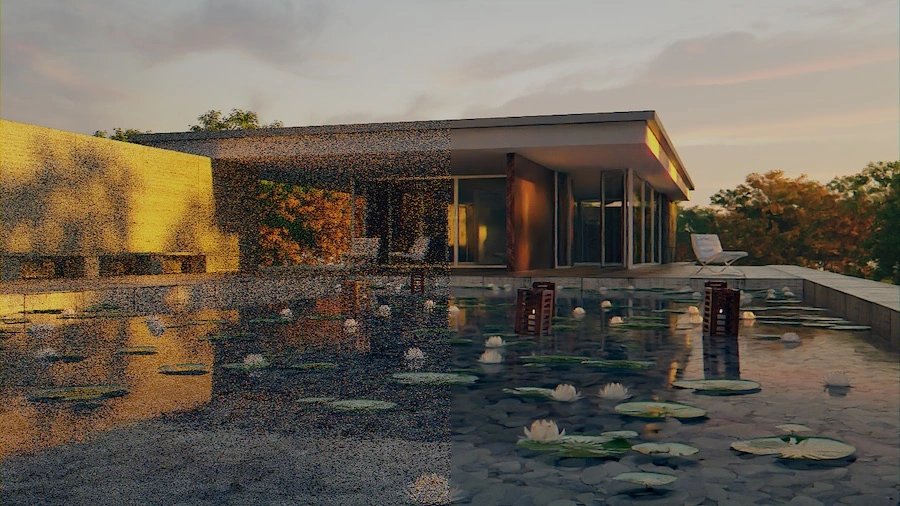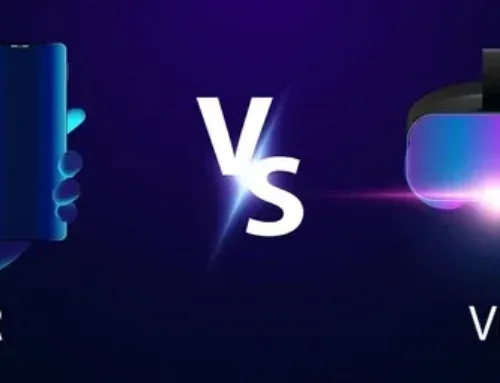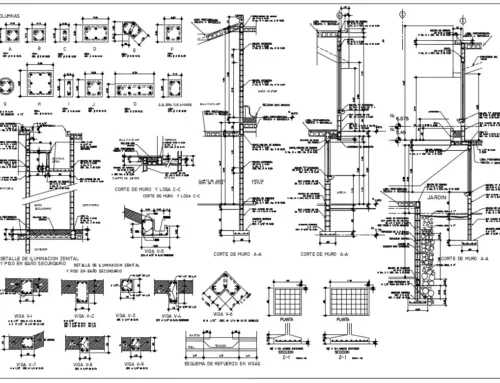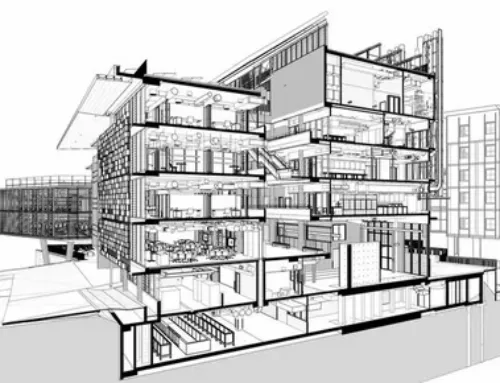How to Use 3D Gaussian Splatting for Real-Time Photorealistic Renders?
3D Gaussian Splatting is a new technique for real-time rendering. It overcomes the limitations of photogrammetry and NERF. The Gaussian method does not work with polygons or voxels, rather it relies on Gaussian splats. Gaussian splats are placed to display the appearance of the object. These Gaussian splats are blended together to create an image.
Learn how the importance of Gaussian Splatting for renders as it allows them to achieve desired and real-time photorealistic visualization with its cutting-edge technology
Architecture Design Services uses the Gaussian splatting technique to create real-time renderings of buildings and properties. This technique can capture large-scale scenes with complex geometry.
This method is becoming more and more popular among renders due to its ability to develop complex scenes. It has vast applications in:
Introduction to 3D Gaussian Splatting
3D Gaussian Splatting is revolutionizing computer graphics. It is a powerful technique used for image reconstruction. 2D pixels are projected onto a 3D space. Their projection is planned and strategically placed. These points combine to form a photorealistic real-time radiance field rendering scene.
Every render knows about the importance of light and shadow in 3D rendering. Gaussian points allow for smooth transitions plus they can also display accurate light effects.
How to Does it Work?
Before understanding 3D Gaussian Splatting you need to know what point clouds are. The geometry and shape of the screen are captured by a group of 3D points known as point clouds. One drawback of Point Cloud is that it cannot create realistic renderings. Which is why they are converted into Gaussian splats.
Gussian splats are then positioned in such a way that they accurately depict the scene. The placement of Gaussian splats is going to affect the quality of visuals. For accurate representation of a scene, it is important to improve the density of splats but it should be well distributed.
Types of 3D Gaussian Splatting
Static 3D Gaussian Splatting
Dynamic 3D Gaussian Splatting
Prerequisites of 3D Gaussian Splatting
You need to select the right hardware, software and libraries for 3D Gussians Splatting. The tools you select will help you to create your idealistic rendering of a scene or product.
How to Generate a 3D Gaussian Splat?
For 3D Gaussian Splatting, create a cloud point from a set of images by using methods like Structure from Motion (SfM). SfM can convert 2D pixels into 3D structures. You can use the COLAMP library. It works best with high-resolution images so make sure to take multiple good-quality pictures from different angles.
Convert cloud points into Gaussian splats. Keep in mind factors such as position of the splats, colour, opacity and covariance. From SfM data, only position and colour can be analysed. To obtain high-quality rendering, you will need to train it.
Training Steps in 3D Gaussian Splatting
Project the Gaussian splats onto a 2D plane. Merge them based on their properties. After that, you’ll need to find the difference between the rendered image and the ground truth image. It will provide visual preciseness. After you have computed the loss, it’s time to adjust the parameters to improve visual quality. For better distribution of splats, you can add new splats where higher resolution is needed and remove any extra ones.
Applications of Gaussian Splatting
Gussian splatting is being used in several ways such as:
Learn how essential Gaussian Splatting is for renders as it allows them to achieve desired and real-time photo-realistic visualisation with its cutting-edge technology
Finals Words
In summary, 3D Gaussian Splatting has widened a render’s perspective and it has broadened the field as well. It solves multiple sets of limitations that occur by using different tools. This tool efficiently covers and describes in detail the factors such as positioning, colour and other variants involved. This article provides you with a detailed overview about this technique and how it is applied to create a photorealistic visualisation by renders.





